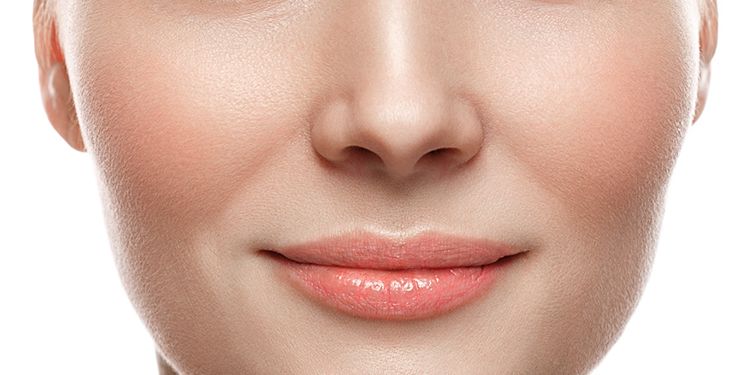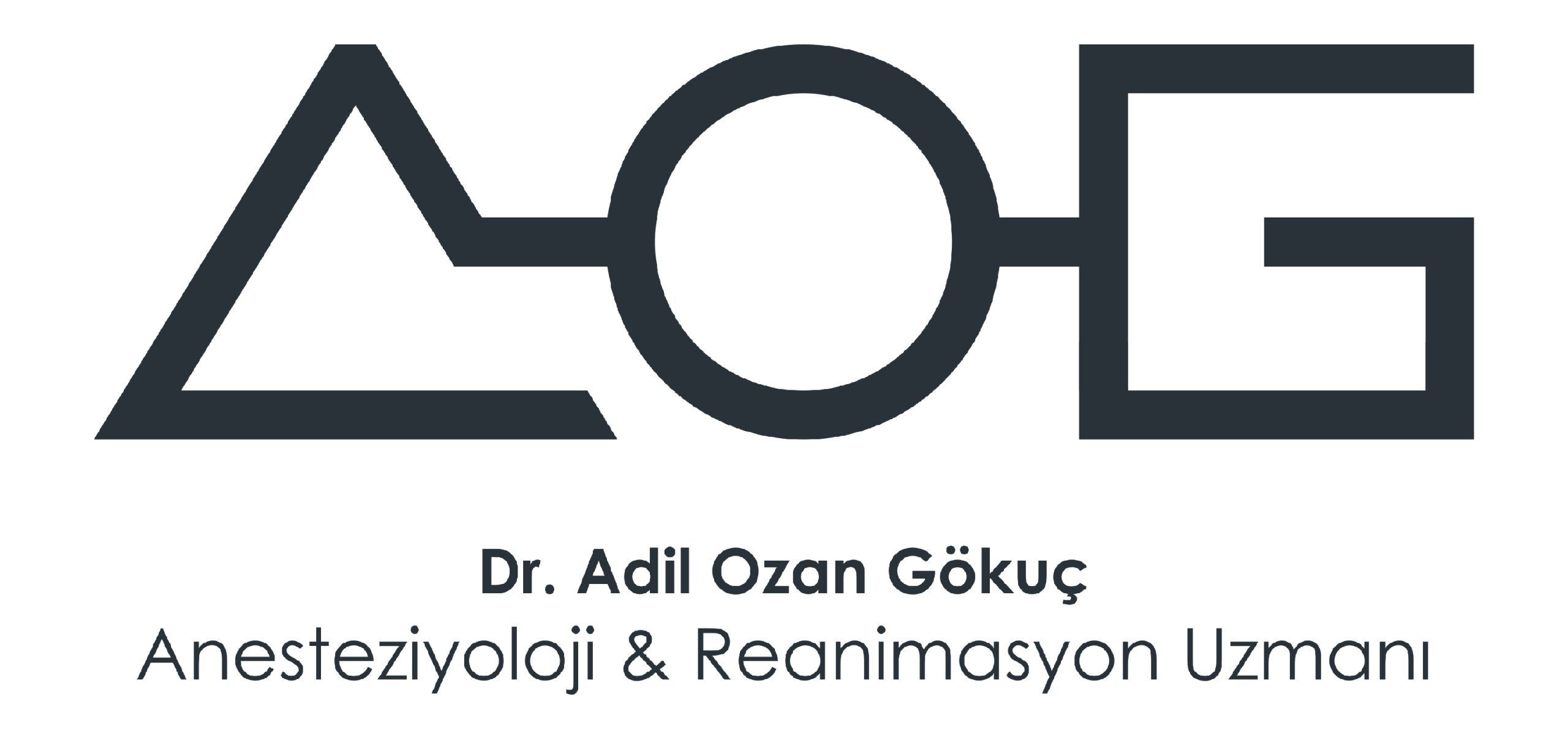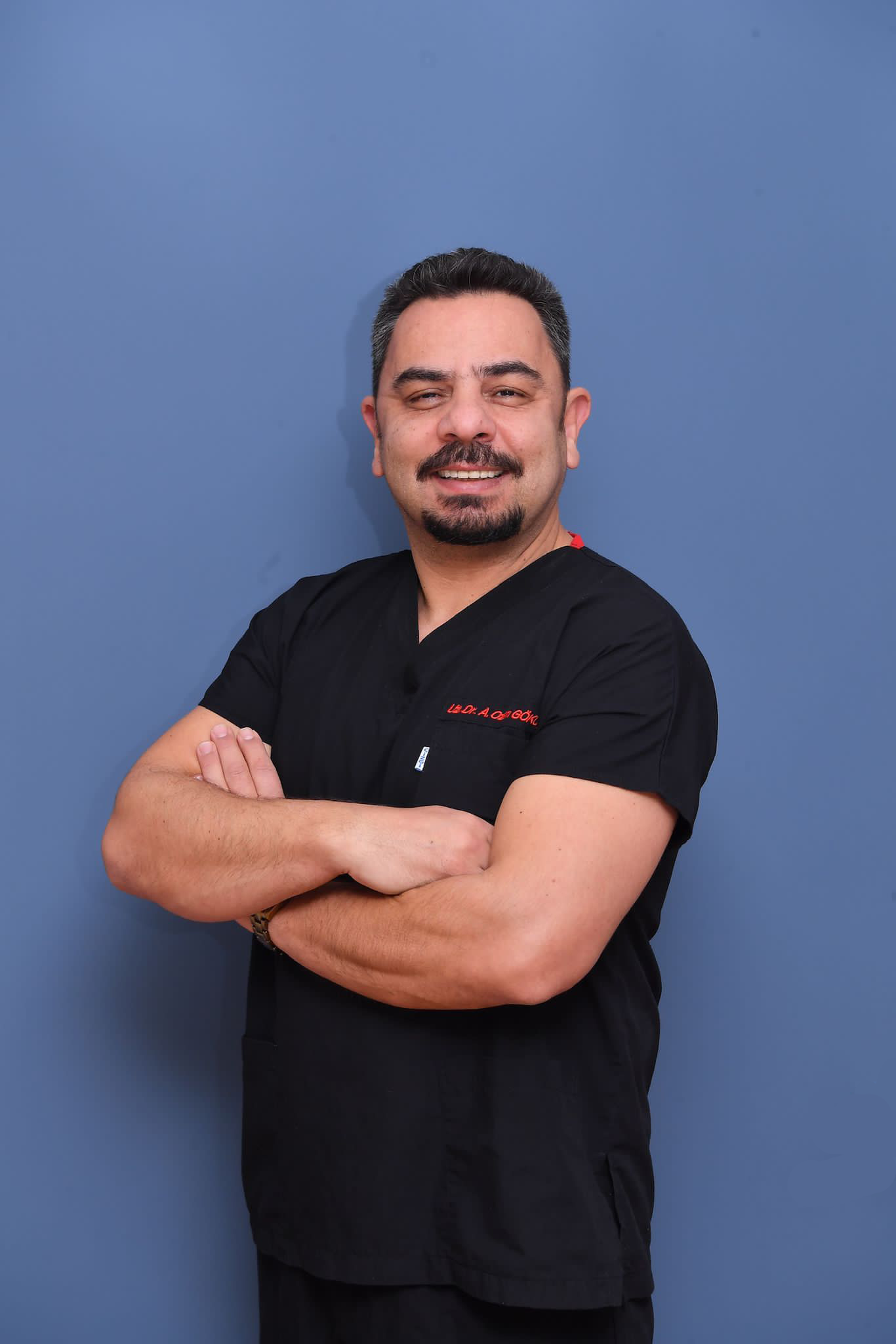Facial filler is an aesthetic treatment method that uses substances that can be injected into the dermis or subcutaneous tissue to correct skin imperfections such as wrinkles or scars or to restore facial volume. Fillers are designed to restore lost volume to the face. They generally consist of hyaluronic acid, a molecule that integrates very well with the tissues under the skin. Fillers are applied to the cheekbones, under-eye area, lips, nose bridge, drooping nose tip and chin area. Collagen fillers are also used as facial fillers.
How is facial filler applied?
The treatment consists of injections using very fine needles into specific points on the face. The use of these needles does not cause pain and does not require anesthesia, but anesthetic creams can be used to avoid any discomfort. Creams are applied to the necessary areas half an hour before the procedure. Depending on the number of areas to be treated, the treatment usually takes 10 to 20 minutes.
What are facial fillers?
Collagen along with hyaluronic acid, which is a necessary molecule due to the sugar and protein it contains and is among the most commonly used biological facial fillers, are also preferred as the most frequently used facial fillers.
Biological fillers have the advantage of being tolerated by the body, but their temporary effects are limited to 4-8 months.
Hyaluronic acid is found in the epidermal layer and tends to decrease with age. Hyaluronic acid, which has a fundamental role in connective tissue, is used as a facial filler thanks to its properties that affect the elasticity and firmness of the skin. Collagen can be bovine or autologous (taken from oneself) and is widely used.
hyaluronic acid
Hyaluronic acid is a substance that the body produces spontaneously and is therefore naturally well tolerated by the body. Hyaluronic acid belongs to the group of glycosaminoglycans, molecules that give skin tone, firmness, elasticity and hydration, along with elastic fibers and collagen produced by fibroblasts found in the dermis.
Over the years, hyaluronic acid synthesis declines. The skin appears drier, wrinkles appear and there is a general loss of volume. There are various types of hyaluronic acid, distinguished according to the depth level to be intervened, density and volume creation ability.
Low density hyaluronic acid filler: Used for more superficial wrinkles and characterized by faster reabsorption.
Medium density hyaluronic acid filler: Used for deeper wrinkles such as nasolabial folds.
High density hyaluronic acid filler: They are volumetric fillers, used for support areas such as cheekbones and jawline.
In which areas of the face can hyaluronic acid be applied?
Hyaluronic acid fillers percent; It can be used to clarify the eye area (crow’s feet), nasolabial lines (lines between the base of the nostrils and the corners of the mouth), lip wrinkles (barcode wrinkles), highlight the cheekbones, chin and jaw line, non-surgical rhinoplasty, lip contours and increase their volume.
What is collagen filler?
Collagen fillers are substances used to combat volume loss in some areas of the face, such as the lips and cheekbones, due to signs of aging such as wrinkles. Collagen fillers belong to the group of biological or resorbable fillers. Therefore, the effects achieved are temporary and usually have an average duration of three to four months.
The duration of action of collagen fillers varies greatly from person to person as it is affected by our lifestyle and habits. For example; Smoking or excessive sun exposure, an irregular lifestyle associated with bad habits can significantly reduce the duration of action of the filler.
How does collagen vaccine affect the skin?
Collagen vaccination is to stimulate collagen production in the dermis layer located under the epidermis layer of the skin. It offers quick solutions to many different skin problems with its special ingredients. In addition, with its supportive effect, it has positive effects in applications aimed at skin rejuvenation or beautification. The application area of the collagen vaccine is scars on the skin, wrinkles that develop due to age, and acne scars. While it does not provide volume like fillers, patients who prefer a natural look see wrinkles fade and scars decrease. The effect of the collagen vaccine manifests itself in an average of 4 weeks. This effect lasts for an average of 1-1.5 years.
What are the side effects of facial fillers?
Most of the time, there are no significant side effects of filler treatment. However, observed facial filler complications include:
In the treated area;
Swelling
redness
bruising
Itching
It is discoloration or sensitivity.





